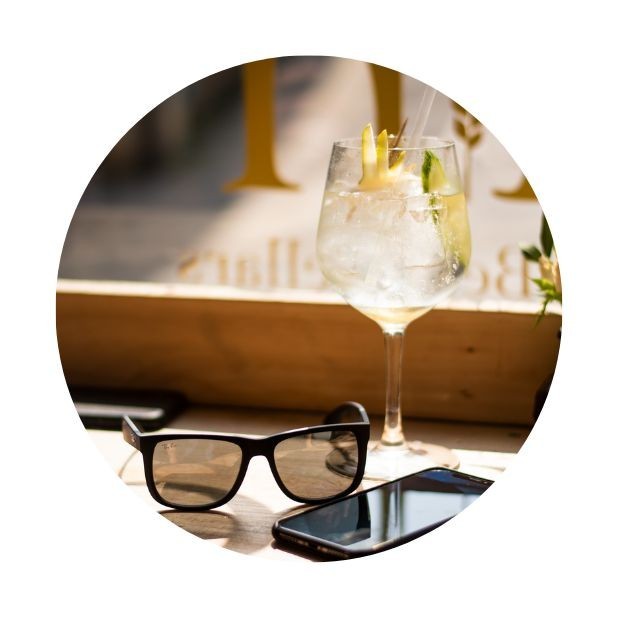
| Hearing Aid UK 2025-11-04 Update |
Bluetooth Hearing Aids for Android
Hearing aids compatible with Android
What are Made for Android hearing aids? Before Android 10, Android developers were having a bit of a problem with their Made for Android devices.
They hadn't invested enough time to research, develop, and launch hearing aid integration.
Android displayed similar features to those of the Made for iPhone hearing aids, but had always needed a streamer, whilst Apple was a direct connection. But now that's all changed.
However, hearing aid compatibility can vary across different Android devices and hearing aid manufacturers.
Therefore, it's recommended to verify the specific compatibility details between your Android phone and the hearing aid model you are considering before making a purchase.
We hope this page will go some way to help you decide whether these hearing aids are a good fit for you.
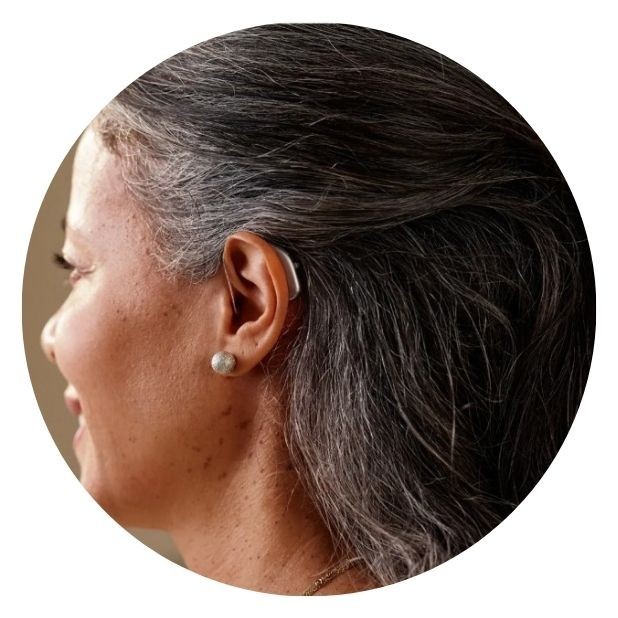
Android version requirements for hearing aid connectivity
For optimal Made for Android hearing aid performance, you'll need for minimum requirements:
- Android 10 or later (released September 2019) - this was the game-changing update that introduced the ASHA (Audio Streaming for Hearing Aids) protocol
- Bluetooth 5.0 or later for best performance
- A compatible Android smartphone (Samsung, Google Pixel, OnePlus, Motorola, etc.)
Recommended for best experience:
- Android 11 or later for improved stability and battery efficiency
- Android 12 or later for enhanced accessibility features and seamless device switching
- Android 13+ or Android 14 (2023-2024) for the latest features, including improved noise handling during calls
Why Android 10 matters: Before Android 10, most Android hearing aids required a separate streamer device.
Android 10 introduced native hearing aid support with ASHA protocol, allowing direct streaming without additional accessories - finally matching what iPhone users had enjoyed since 2014.
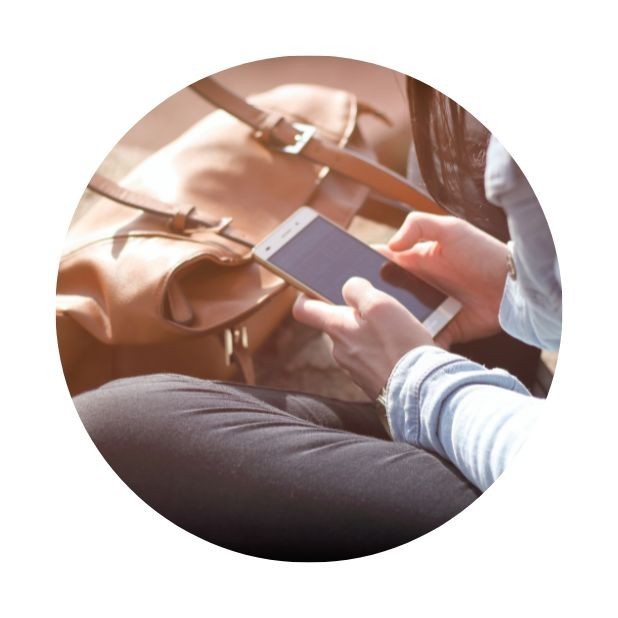
Compatibility with Android is so much better
Android is now offering more accessibility, and over the last few years, Google has been dedicated to making Android more accessible to the hearing-impaired.
The company launched an app called Sound Amplifier, turning your Android smartphone into a hearing aid.
The downside to Android 10 is that it can only be compatible with hearing aids and mobiles from 2019, when this was launched.
However, this new Android development meant that people with hearing loss and this type of smartphone could now stream music, calls, and other audio directly from their Google devices.
What are the prices of Made for Android hearing aids?
All Bluetooth hearing aids are increasing in popularity and becoming more widespread because of this.
The good news is that due to the rise in demand, Bluetooth hearing aid prices have dropped and are now only a fraction more expensive than traditional devices.

What is ASHA?
ASHA (Audio Streaming for Hearing Aids) is Google's protocol for direct audio streaming to hearing aids from Android devices. Introduced with Android 10, ASHA provides:
- Low-latency audio streaming (minimal delay between video and sound)
- Energy-efficient connectivity (uses less battery than older Bluetooth methods)
- High-quality audio for calls, music, and media
- Direct streaming without intermediary devices
Not all hearing aids support ASHA
They need specific hardware and firmware. Most hearing aids released from 2020 onwards include ASHA support, but older models may require manufacturer updates or don't support it at all.
Popular hearing aid brands with ASHA support: Phonak Infinio ranges, Signia (most IX platform models), Resound (Vivia, NEXIA), Oticon (Real, Intent - via updates), Starkey (Genesis AI, Edge AI), Widex (Moment Sheer, SmartRIC, Allure).

Pairing hearing aids with Android
How to connect hearing aids to your Android device
So, how do you connect hearing aids to Android mobile phones?
With most electronic devices, pairing varies; it's no different pairing hearing aids with Android. As all hearing aid makes and models have different requirements, apps, and features, they all pair hearing aids with Android phones differently.
Once you have decided on a hearing for your Android Bluetooth phone (and if that is the right choice for you), your audiologist will go through everything you need to know. They will even pair your mobile phone with your hearing aids at your fitting, so you don't have to connect your hearing aids to your Android phone yourself.
A step-by-step guide to pairing your hearing aid to your Android smartphone:
For hearing aids with ASHA support (Android 10+):
- Ensure your hearing aids are charged (rechargeable models) or have fresh batteries
- Open your Settings app
- Go to Connected devices (or Connections on Samsung devices)
- Tap Pair new device (or Bluetooth)
- For rechargeable hearing aids: Place them in the charging case for 5 seconds, then remove
- For battery-powered aids: Open and close the battery doors
- Your hearing aids should appear under Available hearing aids or Available devices
- Tap your hearing aid name when it appears
- Tap Pair on the pairing request
- If you have two hearing aids, repeat for the second device (they pair individually)
- Grant permissions if prompted (Location, Nearby devices, etc.)
For older Android phones (Android 8-9) or non-ASHA hearing aids:
You'll likely need a manufacturer's streamer device to bridge the connection between your Android phone and hearing aids. Contact your audiologist about compatible streamers for your specific hearing aid model. Pairing typically takes 2-3 minutes for both hearing aids.
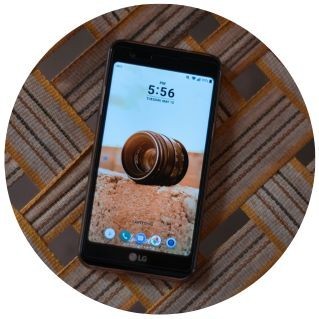
Hearing Aids with Android Bluetooth
Made for Android hearing aid review - what are the benefits?
Important update for 2024-2025
Modern Made for Android hearing aids (running Android 10 or later) now support full audio streaming, including phone calls, music, podcasts, videos, and all media content - matching the capabilities of Made for iPhone hearing aids.
The Android ecosystem has evolved significantly, and the streaming limitations that existed before 2019 have been resolved.
Made for Android mobile phones offers several benefits for users, providing a seamless and enhanced experience. Here are four key advantages of Made for Android devices:
1. Compatibility and integration
Made for Android hearing aids ensure compatibility and integration with the Android operating system.
These devices are designed to work optimally with Android smartphones and tablets by leveraging the capabilities of the Android platform.
This seamless integration ensures smooth communication between the device and the Android ecosystem, offering a cohesive and efficient user experience.
2. Enhanced connectivity
Made for Android devices often come with advanced connectivity features. They can utilise technologies like Bluetooth to establish a robust connection with Android smartphones or tablets.
This connectivity allows for easy file transfer, quick charging, and seamless integration with other Android accessories.
3. Customisation and control
Made for Android devices often offer personalisation options and extensive control features.
Hearing aid manufacturers provide dedicated apps that allow users to personalise their device's settings.
Such as display preferences, system themes, app layouts, and more. These customisation options empower users to tailor their Android experience according to their preferences.
Thus, making it a highly personalised and user-friendly environment.
4. Access to exclusive features
Made for Android devices may grant users access to exclusive features and services.
Manufacturers often collaborate with Android developers to create specialised apps, features, or services that are specifically designed for their devices.
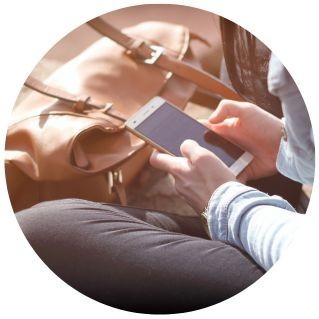
Made for Android Hearing Aids
Other useful information
What if my hearing aid isn't Made for Android?
Hearing aids can be compatible with Android phones, allowing users to pair and connect their hearing aids with their mobile devices. However, it's important to note that compatibility can vary depending on the specific hearing aid model, Android device, and operating system version.
In our experience, the hearing aid you choose should not solely come down to direct Bluetooth connectivity alone. Your priority should always be what hearing aid is best for your hearing loss and what will help you hear better. Always ask your audiologist about the different connectivity options.
Android hearing aid streaming
If your hearing aids don't support ASHA (Audio Streaming for Hearing Aids) protocol, you have options:
Option 1: Manufacturer firmware updates. Many hearing aid brands have released firmware updates adding ASHA support to older models. Ask your audiologist whether your hearing aids can be updated to support direct Android streaming.
Option 2: Manufacturer streaming accessories. Brands like Phonak, Oticon, ReSound, and Signia offer Bluetooth streamers that bridge the connection between your Android phone and non-ASHA hearing aids. These typically cost £200-400.
Option 3: App-only control. Even without direct streaming, most hearing aids offer Android apps for volume control, programme changes, and settings adjustments. For example:
- Phonak: myPhonak app (works with Android 7.0+)
- Oticon: Oticon ON app (Android 7.0+)
- Resound: ReSound Smart 3D (Android 7.0+)
- Signia: Signia app (Android 8.0+)
You can still benefit from hearing aid control through apps even if streaming isn't available on your specific phone/hearing aid combination.
Things you should know about Android hearing aids
Here are some key points to consider when using hearing aids with Android phones:
- Bluetooth connectivity: Most modern hearing aids utilise Bluetooth technology for wireless connectivity. Ensure that your Android phone supports Bluetooth and has it enabled.
- Android OS version: Check if your Android device is running a compatible operating system version. While most hearing aids can connect to Android devices, some advanced features may require specific Android OS versions.
- Hearing aid app: Hearing aid manufacturers often provide companion apps for Android that enable additional features and customisation. Check if your hearing aid model has a dedicated app available on the Google Play Store.
- Direct streaming: Some hearing aids support direct audio streaming from Android devices. This means you can stream phone calls, music, videos, and other audio content directly to your hearing aids without any intermediary accessories.
- Compatibility with Android accessibility features: Android devices have built-in accessibility features that can benefit those with hearing loss. These include options for adjusting volume, mono audio, closed captioning, and more.
Best Android phones for hearing aid connectivity, here's what we've observed:
Excellent compatibility:
- Google Pixel phones (Pixel 5 onwards) - Native Android with fastest updates and best ASHA implementation
- Samsung Galaxy S-series (S10 onwards) and Note series - Reliable connectivity with extensive testing
- Samsung Galaxy A-series (A50 onwards) - Budget-friendly with solid hearing aid support
Good compatibility:
- OnePlus (OnePlus 8 onwards) - Generally reliable, though occasionally slower to receive Android updates
- Motorola (Moto G Power, Edge series) - Clean Android experience with decent hearing aid support
- Nokia (Nokia 7 onwards) - Stock Android provides a good baseline support
Variable compatibility:
- Xiaomi, Oppo, Realme - Heavy Android customisation can occasionally cause connectivity issues, though improving
- Huawei (newer models) - Limited Google services may affect hearing aid app availability
Why phone choice matters
Some manufacturers heavily customise Android, which can affect Bluetooth stability and hearing aid performance. Phones running "stock Android" (Google Pixel, Motorola, Nokia) typically offer the most reliable experience. Your audiologist can test your specific phone with demonstration hearing aids during the consultation.
Summary
Made for Android hearing aids now offer direct streaming of calls, music, and more from Android devices. Pairing hearing aids with Android offers many benefits, like customisation, Bluetooth connectivity, and accessibility features, and notes that compatibility varies by phone and hearing aid model.
Even if a device isn’t Made for Android, many hearing aids still work well with apps. The key takeaway: choose a hearing aid based on your hearing needs first, not just tech features.
Related Bluetooth hearing aid reading:
Need more support with Made for Android hearing aids?
If you are used to switching and using various electronic devices at home, you'll have no problems using Bluetooth hearing aids. There are many advantages of Bluetooth hearing aids, such as streaming TV audio and music directly to your hearing aids and accessing user-friendly phone calls straight to your hearing aids.
Call us free on 0800 567 7621 to speak with one of our audiologists about whether Made for Android hearing aids are right for you and your hearing loss.
Our specialist service includes:
Do not spend hundreds of pounds without getting a second opinion from us.
Please call us on 0800 567 7621
 Not only are the prices great, but the service is fantastic! Many thanks to your team.
Not only are the prices great, but the service is fantastic! Many thanks to your team.Watch the Made for Android hearing aids pairing video below
Other pages that might be useful
Common questions about Made for Android hearing aids
A Made for Android hearing aid is a technology that can be paired with both Android and iOS Bluetooth devices.
What can Made for Android hearing aids connect to?
They can wirelessly stream audio from both iOS and Android devices for calls, music, apps and more. They can also be used to personalise your listening experience by using them as a remote control via a hearing aid app.
How can Made for Android hearing aids support my hearing?
When paired, they transmit an audio feed to your hearing aids directly. This then gives you clear conversation and ultimately makes it easier to use the phone and listen to audio.
What brands do Made for Android hearing aids?
In 2019 both Resound and Starkey showed innovation by launching Made for Android hearing aids using low-energy Bluetooth technology. With the streaming done using Bluetooth Low Energy (BLE), both hearing aids and phones can have enough battery power to get through an entire day.
However, this was only successful on recent Android phones operating with the Android 10 platform - back then it was only Google Pixel 3 and 4 that were compatible, but more and more are becoming available for compatibility. The current Made for Android (and iPhone) hearing aids are Starkey Livio, Phonak Marvel, Unitron Discover and Resound Quattro.
What's included in our hearing aid prices?
Ask the Experts
6 Morton Lane
Walkwood
Redditch
Worcestershire
B97 5QA
Latest Launch
When we refer to a product as 'Latest Launch', we mean it is the latest to be released on the market.
New
When we refer to a product as 'New', we mean that the product is the newest hearing aid model on the market.
When we refer to a product as 'Superseded', we mean that there is a newer range available which replaces and improves on this product.
Older Model
When we refer to a product as an 'Older Model', we mean that it is has been superseded by at least two more recent hearing aid ranges.
